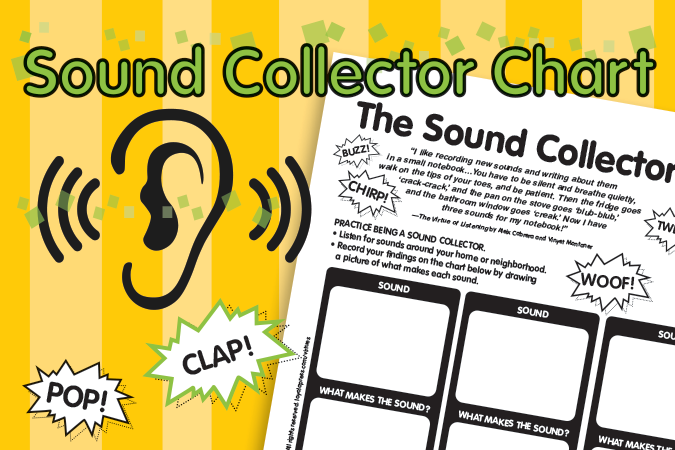
Welcome to part two of a four-part series on creative approaches to reading from a textbook in your faith formation sessions. As I mentioned in part one, I have always been an advocate of teaching “beyond the book,” which means that we use the book as a critical resource but not as the be-all-and-end-all of a faith formation session. Since it is our job as catechists to present Catholic teachings fully and faithfully, we rely on textbooks reviewed by the Bishops’ Subcommittee on the Catechism to ensure that the content of our faith is being transmitted faithfully and comprehensively. It falls to us catechists, however, to make the sure that the content on those pages comes to life! In this series, I am sharing some creative approaches to reading from a textbook that make it, not only more engaging, but also more effective. The second approach I offer is known as “Listen to the Sound of My Voice.”
Listen to the Sound of My Voice
- Read over the text ahead of time and highlight key words and ideas.
- Tell participants that you will read the text aloud and that they should listen to the sound of your voice to identify and highlight key words and ideas.
- As you read aloud, use your voice (volume, tone, expression) to emphasize the key words and ideas as they highlight them in their text.
- You can make this more fun by exaggerating a key word or phrase, or by using a funny voice to get their attention at significant parts.
- When you are done reading, ask participants to identify and share the key words and ideas that they’ve highlighted.
- Go back and cover any key words or ideas that they may have missed.
An alternative to just changing the sound of your voice when coming across a key word is to use sound effects to grab participants’ attention. Consider using a “clown” horn or “cycle” horn (or some other type of noisemaker) in order to inject some fun and energy into your exploration of a text.
Loyola Press religious education programs are found by the USCCB to be in conformity with the Catechism of the Catholic Church.





I love referring to our textbooks as a “critical resource” for our classes. I have been referring to it as ‘one tool among many’ but I am switching to your description! I have really been striving to go ‘beyond the books’ more and more each year.
Thanks Cindy. I also think of the textbook as an anchor (that’s a critical resource if you’re a boater!)